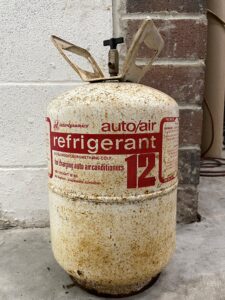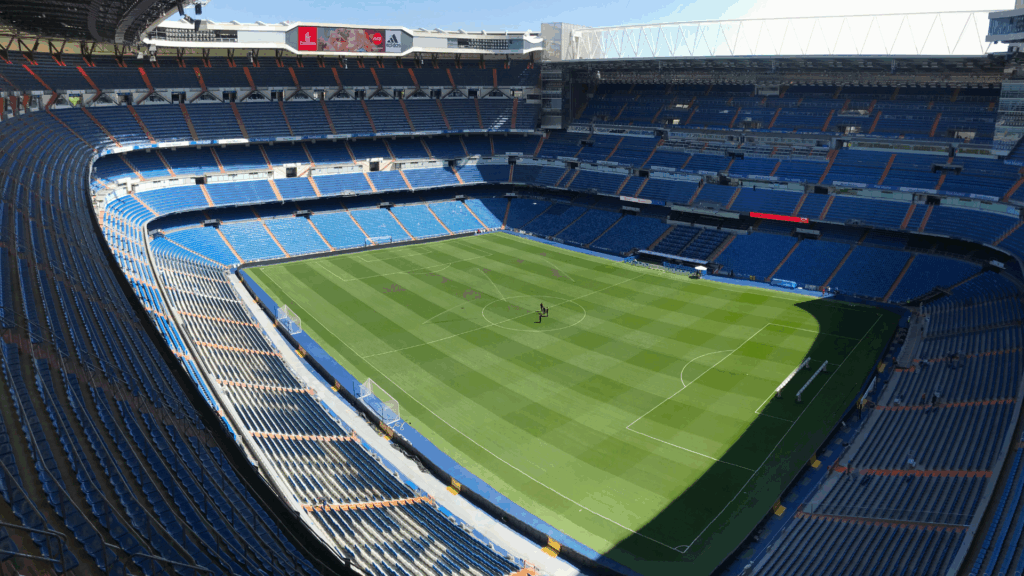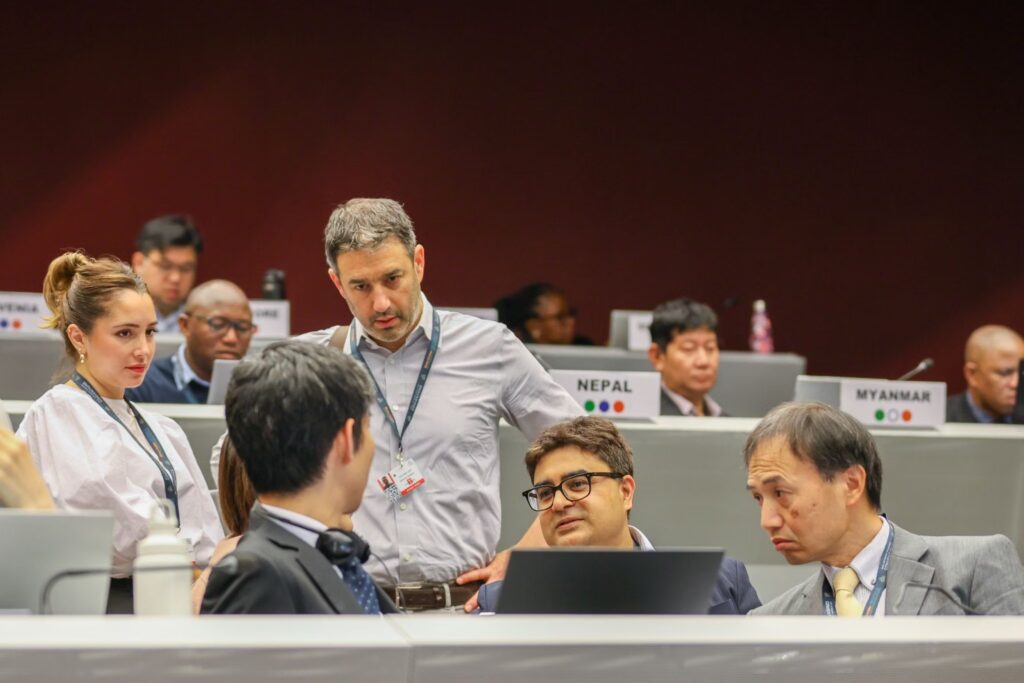What Sports and Refrigerant Gases Have in Common (And Why It’s More Than You’d Think)
Announcing a new partnership between Green Sports Alliance and Tradewater
- August 27, 2025


Meg Baltes
Market Development Associate
Since I began working in sustainability, I’ve always found the sports industry uniquely fascinating — and, frankly, perplexing — from a climate standpoint. On one hand, it’s a powerful platform: community, passion, visibility, money. On the other, it’s one of the most carbon-intensive sectors out there, relying on global travel, massive energy use, and supply chains that span continents. It’s entertainment, yes, but also infrastructure, logistics, apparel, real estate, and so much more.
The numbers are staggering. The 2022 FIFA World Cup was estimated to produce over 3.6 million tons of CO₂e, according to FIFA’s own report — more than some small countries emit in a year. Meanwhile, a single season of Major League Baseball involves nearly 2,500 games and tens of thousands of flights, many on private or chartered planes. And it’s not just travel: sports stadiums are among the most energy-intensive buildings in cities, often using enough electricity to power thousands of homes, especially during night games and extreme weather events.

That’s what makes this announcement such an exciting one: Tradewater is partnering with the Green Sports Alliance — the leading organization leveraging the cultural and market influence of sports to promote sustainable practices — to tackle one of the most overlooked but potent drivers of climate change: refrigerant gases.
Now, I know what you’re thinking. Refrigerants? Not exactly Super Bowl material. But here’s the thing: these invisible gases, often leaking unnoticed from old cooling systems or sitting in forgotten storage rooms, can be hundreds to thousands of times more potent than CO₂. In fact, some refrigerants have a global warming potential (GWP) of up to 16,200 times that of CO₂ over a 20-year time frame. And when safely recovered and destroyed, they offer one of the most immediate and measurable climate benefits available today.
That’s where Tradewater comes in. For the past decade, our team has been doing the unglamorous but essential work of finding and eliminating high-GWP gases before they ever reach the atmosphere — partnering with schools, cities, manufacturers, and now, more officially: sports teams and facilities.
We are proud to welcome Tradewater to the Green Sports Alliance. Tradewater’s global efforts to eliminate super pollutants like old refrigerants and methane from abandoned wells represent the kind of high-impact climate action we need in the sports industry and beyond. Their ability to generate verified, high-integrity carbon credits offers our members a powerful pathway to meet their climate goals.
Matt Adler, Senior Director of Sports and Corporate Membership at Green Sports Alliance
The sports world has always been about more than just wins and losses — it’s about legacy. Sports fans don’t pop out from thin air but develop their passion through generations. That influence can and should be harnessed to push for the kind of environmental changes the world urgently needs. And increasingly, fans expect it! According to Nielson’s 2025 Responsibility & Sustanability Report, over 80% of global sports fans say they care about sustainability, and many are more likely to support teams and leagues that align with those values.

That’s why Tradewater is so excited about this partnership. For teams looking to lower their footprint without compromising performance or operations, tackling refrigerants offers a practical, cost-effective solution. Tradewater handles the technical heavy lifting — identifying, collecting, and safely destroying these gases — and provides verified carbon credits in return. It’s a clear win-win: measurable impact that can occur right now and a story teams can be proud to share with fans and stakeholders.
Together, we’re bringing real, science-backed solutions to the world of sports — solutions that are immediate, permanent, and ready to scale. Because if we want to protect the future of sports, we have to protect the future of the planet first.

The Green Sports Alliance leverages the cultural and market influence of sports to promote healthy, sustainable communities where people live and play. The Green Sports Alliance convenes professional sports leagues, sports governing bodies, colleges, teams, venues, their partners, and millions of fans around meaningful change toward a more sustainable future. Through the Play to Zero® program, it leads the embrace of renewable energy, waste diversion, water efficiency, and environmentally preferable practices.
Read our other blogs
What Sports and Refrigerant Gases Have in Common (And Why It’s More Than You’d Think)
For teams looking to lower their footprint without compromising performance or operations, tackling refrigerants offers…
CFCs and HCFCs – A blind spot in corporate & global GHG accounting
In the corporate world, there is less importance placed on destroying these gases because they…
Behind the Scenes at the 2025 Basel Convention COP
Tradewater was the only carbon offset project developer to this year’s COP. We specifically wanted…





